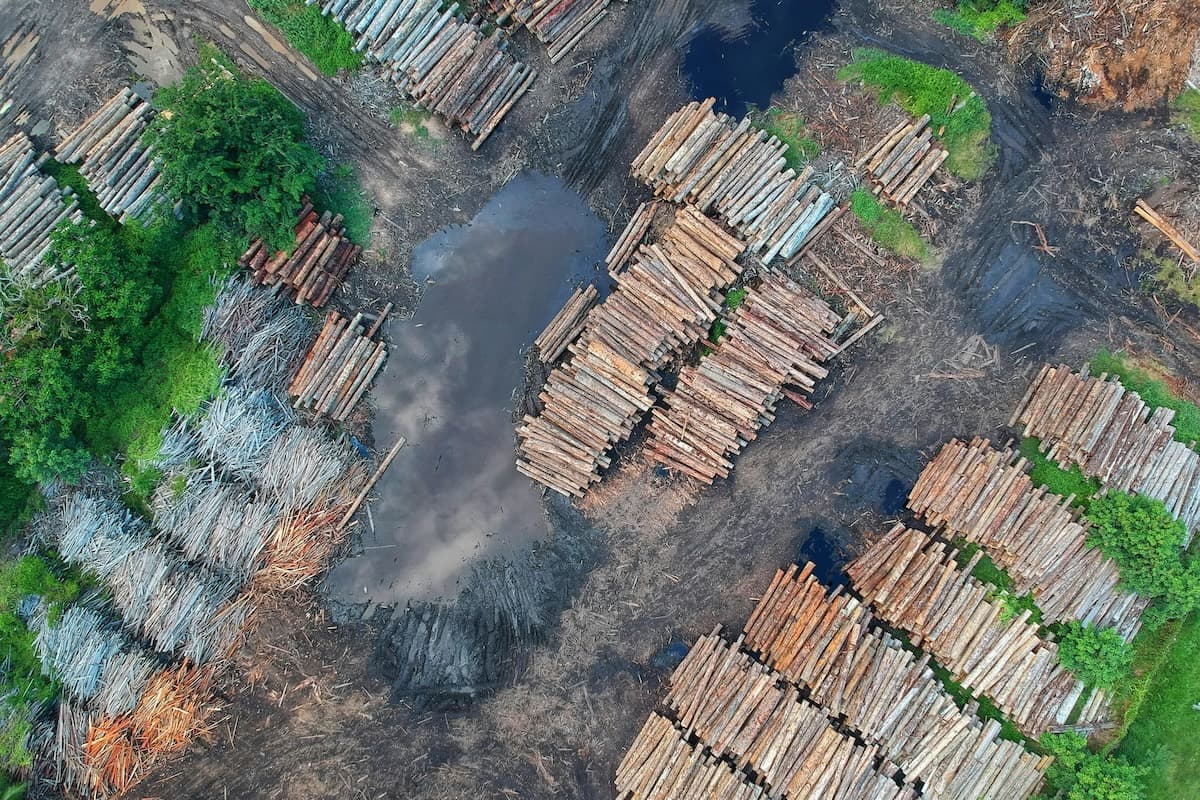Balancing conservation in the face of a dynamic environment
While logging in tropical forests often leads to habitat degradation and biodiversity loss, research suggests that logged forests can still retain significant ecological value. July 30, 2024
The dynamics of conservation have always been complex, particularly when considering both the biological and socio-political landscapes involved. A recent Nature article sheds light on the ongoing discussions about the value of degraded ecosystems, especially in the context of how societies should prioritise these ecosystems for conservation in a world undergoing rapid change.
The focus of this discussion lies in understanding how logged and degraded tropical forests should be managed. Traditional views often dismiss these areas as ecologically worthless once degraded. However, this perspective is increasingly challenged by research highlighting the significant biodiversity that such areas can still support. Logged forests, though not as pristine as primary forests, provide critical refugia for many species and play a role in broader ecological resilience.
A recent article, Thresholds for Adding Degraded Tropical Forest to the Conservation Estate published in Nature by Ewers et al, presents a more nuanced understanding, suggesting that conservation efforts should not only focus on untouched habitats but also consider moderately disturbed ones as valuable conservation estates. This approach encourages a balance between proactive conservation—where relatively intact areas are protected to prevent further degradation—and reactive conservation, which involves efforts like restoration to rehabilitate more severely impacted regions.
The research involved analysing data from 127 biodiversity surveys conducted over 11 years in Sabah, as part of the Stability of Altered Forest Ecosystems (SAFE) Project, encompassing 1,681 taxa from 86 taxonomic orders and 126 functional groups. Forests were categorised by the percentage of biomass removed, ranging from undisturbed primary forests to heavily degraded areas with up to 99% biomass loss, and biodiversity changes were modelled to identify critical points of change for each taxon.
Two key thresholds for conservation value were identified:
Lightly logged forests (<29% biomass removal): Forests with less than 29% biomass removal retain a substantial level of biodiversity and an intact functional composition. These forests have strong potential to regenerate naturally, making them suitable for proactive conservation measures, such as assigning protected status.
Heavily degraded forests (>68% biomass removal): Forests that have lost more than 68% of their biomass exhibit significant biodiversity loss and altered community structures. Such forests require reactive conservation, involving expensive interventions like habitat restoration, to recover their ecological value.
Lightly logged areas, with less than 29% biomass removal, were found to retain substantial biodiversity and hold strong regenerative potential. In contrast, areas that have undergone over 68% biomass loss face much greater ecological challenges, necessitating more intensive, often costly restoration efforts to regain biodiversity function. This shift in the conservation narrative is crucial for policymakers. Instead of focusing solely on maintaining untouched wilderness, the emphasis is on managing human-altered landscapes in a way that maximises ecological benefits. Degraded does not mean devoid of value—conserving logged forests could be key to sustaining biodiversity in many regions where human activities dominate.
The article concludes by urging the scientific and conservation community to stop devaluing degraded ecosystems and recognise their potential contributions to ecological health. This reframing of conservation priorities could significantly affect how resources are allocated, moving towards an inclusive strategy that appreciates the diversity of ecosystems, both pristine and altered.
“These results demand that we stop devaluing degraded tropical forests for what they have lost, and rather appreciate them for the many values they retain.”
For those engaged in conservation science, this nuanced approach reinforces the idea that the future of biodiversity depends not just on protecting untouched environments but on a broader perspective that includes rehabilitation, resilience, and adaptive management across landscapes of varying quality.
